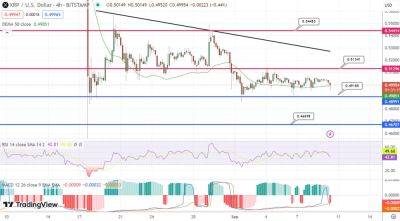DeFi 3.0 introduces a new way to hedge crypto assets against volatility
Price volatility is one of the biggest deterrents of the crypto market, dissuading newcomers from trading or investing in cryptocurrencies like Bitcoin (BTC) or Ether (ETH). Extreme market conditions can trigger billions of dollars in liquidations, making it less than ideal for institutional investors as well.
Reports show that almost 40% of people who have not purchased crypto are hesitant to do so because of price volatility. So, it’s no surprise that the crypto space has tried to come up with decentralized finance (DeFi) solutions that would help investors hedge against market volatility.
The best available solution for traders to manage their risk came from outside the DeFi ecosystem. The 50-year-old Black-Scholes options pricing model is a method used by traders to determine fair premiums for options. These options enable traders to buy or sell a particular asset at a set price on a future date. It has been widely used by numerous asset markets in traditional finance (TradFi) long before the existence of cryptocurrencies and debuted as crypto options when Deribit launched Bitcoin options trading in 2016.
While the Black-Scholes model allows traders to mitigate the risk associated with changes in the underlying asset’s price, creating a $13 trillion market in 50 years, it doesn’t automatically translate well to the crypto market for several reasons.
First, it relies on assumptions like constant volatility, lognormal asset price distribution, and frictionless markets. When those assumptions do not hold true, like when Bitcoin and Ether become less volatile than oil, the model creates pricing inaccuracies.
A 90-day chart showing the price volatility of Bitcoin, Ether and oil. Source: Kaiko
Coming from traditional finance,
Read more on cointelegraph.com






















